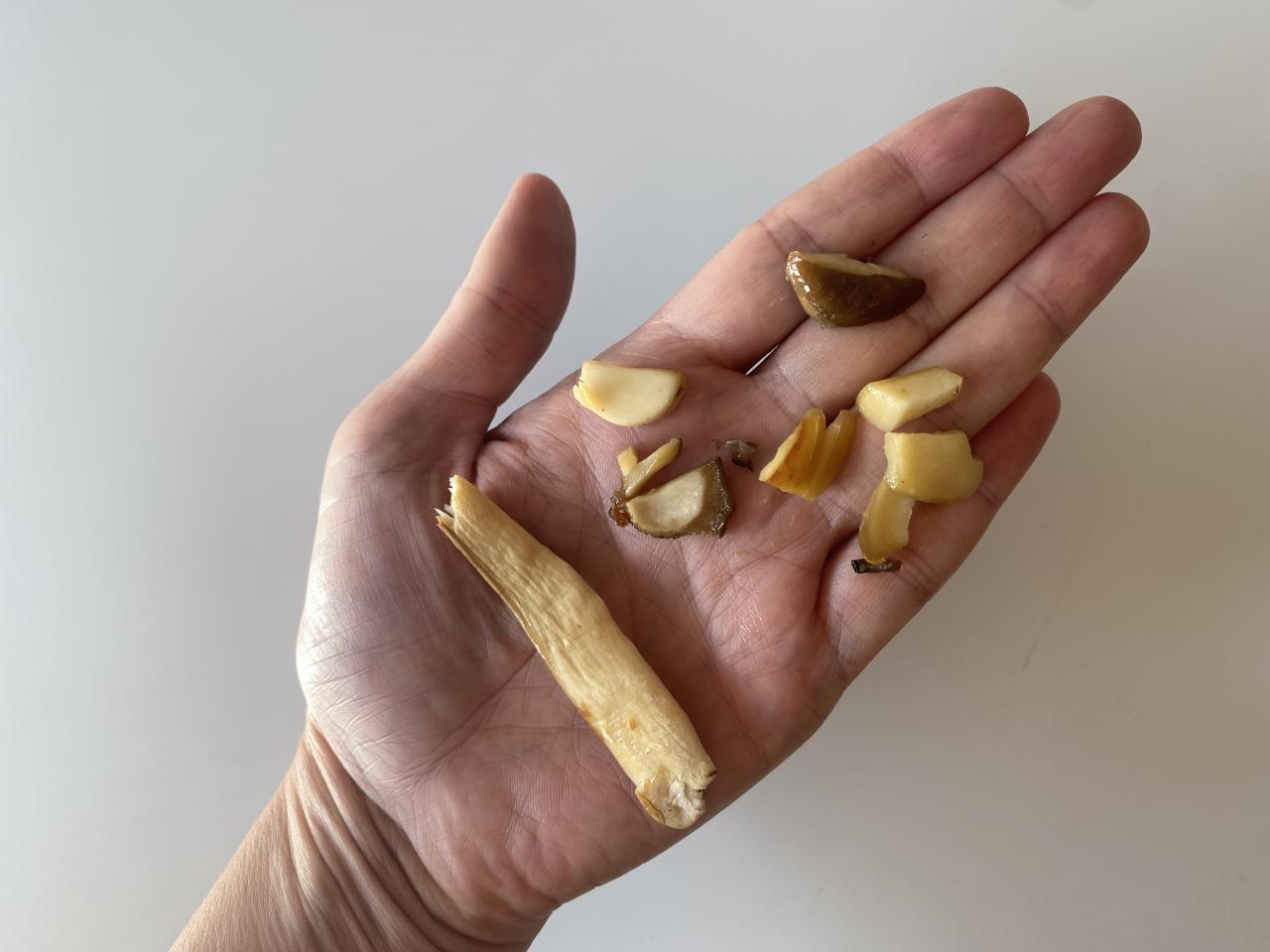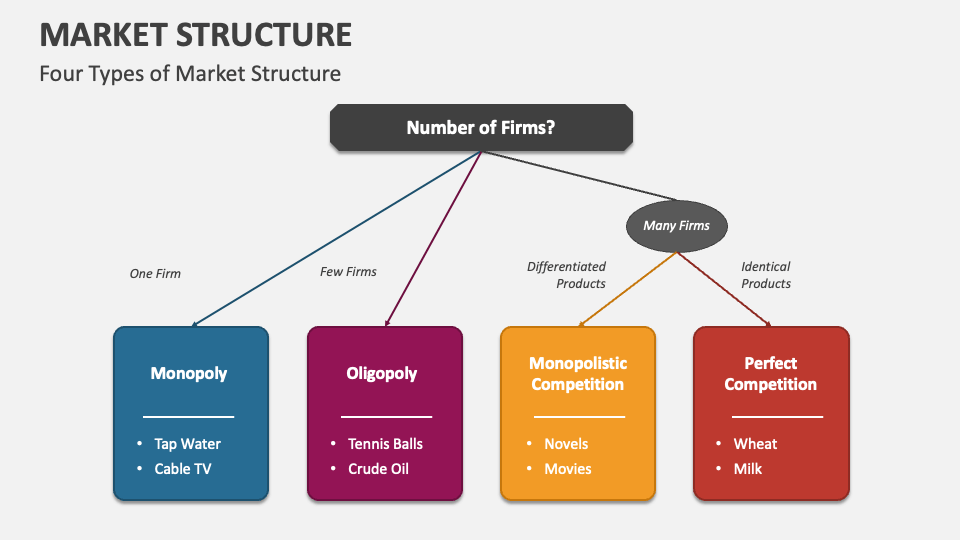Unlock the transformative power of meditation by meticulously tracking your progress with a journal. This comprehensive guide will equip you with the knowledge and tools to craft a personalized meditation journey, tailored to your specific needs and aspirations. From selecting the perfect journal to analyzing your entries, we’ll explore every crucial step in maximizing your meditation experience and fostering lasting growth.
Understanding the nuances of different meditation journal types, and mastering the art of effective journaling, will empower you to meticulously record your sessions. Learning to identify patterns, understand your progress, and adjust your practice based on the insights you gain is a key aspect of this process.
Introduction to Meditation Journals

A meditation journal is a personal record of your meditation practice. It serves as a valuable tool for tracking progress, reflecting on experiences, and identifying patterns in your practice. Through consistent journaling, you can gain deeper insights into your mental and emotional states, leading to more effective and fulfilling meditation sessions.Meditation journals offer a structured way to document your experiences, allowing you to identify areas for improvement and celebrate achievements.
They can provide a tangible record of your journey, allowing you to see how your practice evolves over time. By documenting the specific time, date, and conditions of your meditation sessions, you can better analyze and understand the impact of various factors on your practice.
Types of Meditation Journals
Meditation journals come in various formats, catering to different preferences and needs. This allows for a personalized approach to tracking your progress. Simple journals provide basic prompts for reflection, while guided journals offer structured prompts and exercises. Themed journals are designed to focus on specific aspects of meditation, such as stress reduction or mindfulness.
Benefits of Using a Meditation Journal
Using a meditation journal offers a multitude of benefits for your meditation practice. It allows you to monitor progress, identify patterns in your practice, and gain deeper insights into your experiences. This structured approach fosters self-awareness and helps you understand how different factors affect your meditation sessions.
Different Types of Meditation Journals
Different meditation journals cater to varying needs and preferences. Each type provides specific features that can enhance the meditation experience.
| Type | Features | Benefits |
|---|---|---|
| Simple | Basic prompts for reflection, such as how you felt before, during, and after meditation, the duration of the session, and any notable thoughts or emotions. Often includes space for notes, drawing, or sketches. | Provides a foundation for self-reflection, fostering awareness of personal patterns and experiences. It’s simple to use and adaptable to individual preferences. |
| Guided | Structured prompts and exercises designed to guide your reflection. May include questions about specific meditation techniques, visualizations, or intentions. Often includes space for affirmations, mantras, or other supportive elements. | Offers a more structured approach to reflection, helping you explore different aspects of your practice and encouraging deeper introspection. |
| Themed | Focused on specific themes or goals, such as stress reduction, anxiety management, or cultivating compassion. Includes prompts and exercises related to the chosen theme. May incorporate visualizations or guided imagery. | Provides a targeted approach to meditation, enabling you to address specific needs and challenges. It fosters focused practice and encourages intentional growth. |
Setting Up Your Meditation Journal
Choosing the right meditation journal is crucial for a fulfilling practice. A well-designed journal can help you track your progress, reflect on your experiences, and cultivate a deeper understanding of your meditation journey. This section will guide you through selecting the ideal journal and customizing it to meet your individual needs.Selecting the right journal and its format is key to maximizing its effectiveness in your meditation practice.
This section details the process, from choosing the right format to personalizing the experience. A tailored journal will become a valuable tool for your practice.
Choosing the Right Journal Format
The choice between a physical notebook and a digital platform depends on your personal preferences and needs. A physical journal allows for tangible record-keeping and the tactile experience of writing, which can be beneficial for some. Digital platforms offer the convenience of easy editing, searchability, and potential integration with other mindfulness apps. Consider factors such as your writing style, preferred method of note-taking, and the level of digital integration you desire.
Selecting a Suitable Notebook or Digital Platform
When selecting a notebook, consider the size, paper quality, and cover design. A comfortable size and durable cover will encourage consistent use. For digital platforms, evaluate the ease of use, features like progress tracking, and potential integration with other apps. Look for platforms that offer intuitive navigation and clear formatting options.
Customizing Your Journal
Personalization is key to making your meditation journal truly your own. Adding personal touches can significantly enhance your engagement with the process. Consider adding favorite quotes, affirmations, or inspiring images to create a motivating and reflective space.
Key Elements to Consider When Choosing a Meditation Journal
| Element | Description | Importance |
|---|---|---|
| Size and Format | Physical size, paper type (lined, blank, graph), or digital platform | Impacts comfort and usability, influencing consistency in use. |
| Features | Progress tracking, journaling prompts, space for drawing/images, integration with other apps | Determines the depth and type of information you can record. |
| Portability | Ease of carrying the journal | Promotes consistent practice. |
| Cost | Budget considerations | Balances accessibility with features and quality. |
| Design and Aesthetics | Cover design, page layouts, aesthetic preferences | Enhances motivation and engagement in the practice. |
Setting Up Your Meditation Journal Checklist
- Choose a journal format (physical or digital).
- Select a notebook or platform that aligns with your preferences.
- Decide on the level of customization you desire.
- Designate specific sections for different aspects of your meditation practice.
- Include space for notes, reflections, and insights.
- Include a space for tracking your progress, such as noting the date, duration, and any noticeable effects.
- Consider adding personal touches like inspiring quotes, affirmations, or images.
Recording Your Meditation Sessions

Recording your meditation sessions is a crucial component of tracking your progress. It allows you to objectively assess your practice, identify patterns, and adjust your approach as needed. By meticulously documenting your experiences, you gain a deeper understanding of your inner world and the effects of your practice.Detailed records provide valuable insights into the nuances of your meditation journey.
They offer a retrospective perspective, enabling you to compare past sessions and note subtle changes in your experience over time. This enables you to identify areas for improvement and recognize the positive impact of your ongoing practice.
Essential Information to Record
Thorough documentation of each meditation session is essential for tracking progress and understanding your experience. This involves recording key aspects of your practice, including the duration of the session, your focus level, and any noticeable emotions or physical sensations.
Methods for Recording Your Experience
Various methods can be employed to record your meditation experiences. Rating scales provide a structured approach to quantifying aspects like focus and calmness. Descriptive writing offers a more nuanced and subjective perspective, capturing the intricacies of your inner world.
- Rating Scales: Rating scales offer a structured method to quantify your experience. They provide a consistent framework for assessing aspects such as focus, calmness, and clarity. Examples include using a 1-to-5 scale for focus (1 = distracted, 5 = completely focused), or a similar scale for emotional states.
- Descriptive Writing: Descriptive writing allows for a more in-depth and nuanced understanding of your meditation experience. This approach encourages you to reflect on your inner world, paying attention to sensory experiences, emotions, thoughts, and physical sensations. You can write about how your body felt, the quality of your focus, or the nature of your thoughts. For example, you might note, “My mind was exceptionally quiet today, with minimal distractions.
I felt a sense of deep relaxation throughout the entire session.”
Importance of Consistency in Recording
Maintaining consistency in recording your meditation sessions is paramount. Regularity in recording allows you to build a comprehensive dataset, facilitating analysis of trends and patterns in your practice. This consistency in tracking allows for a more comprehensive understanding of your progress.
Tracking Specific Metrics
Tracking specific metrics during meditation sessions enhances the objectivity and clarity of your records. Metrics such as session duration, focus level, and emotional state are invaluable for identifying trends and patterns in your practice.
- Duration: Record the precise duration of each meditation session. This helps you monitor the consistency of your practice and track any potential increases in your ability to maintain focus over time.
- Focus: Assess and record your level of focus during the session. Use a rating scale or descriptive writing to capture your experience. For example, you could rate your focus on a scale of 1 to 5, where 1 represents low focus and 5 represents high focus.
- Emotions: Note any prominent emotions or feelings that arise during your meditation. This allows you to identify patterns in emotional responses and how they correlate with your meditation practice.
Methods for Recording Meditation Sessions
| Method | Description | Example |
|---|---|---|
| Rating Scales | Structured method to quantify aspects of experience. | Focus (1-5 scale), Calmness (1-5 scale) |
| Descriptive Writing | Detailed account of inner experiences. | “My body felt relaxed, and my mind was remarkably still.” |
Analyzing Your Meditation Journal Entries

Reviewing your meditation journal entries is crucial for understanding your progress and identifying areas for improvement. Regular analysis allows you to track trends in your practice and adapt your techniques for optimal results. This process involves more than simply noting your experience; it’s about actively seeking patterns and insights within your recorded data.Analyzing your journal entries is not just about identifying successes or failures; it’s about understanding the nuances of your practice.
By diligently reviewing your notes, you gain valuable self-awareness, allowing you to fine-tune your approach and achieve deeper levels of mindfulness and well-being.
Identifying Patterns in Meditation Practice
Regularly reviewing your journal entries helps in identifying recurring themes and patterns in your meditation sessions. Notice how your mind wanders, noting the frequency and duration of distractions. Observe if certain times of day or specific activities lead to more or less focus. Understanding these patterns allows for targeted interventions and adjustments to your routine. A clear understanding of your individual patterns is essential for tailoring your meditation practice.
Analyzing Collected Data
Effective analysis involves more than simply reading your entries. Employing specific methods for reviewing your journal entries can reveal insightful trends. Categorizing your sessions based on different meditation techniques or specific days of the week, for example, can illuminate patterns in your experience. Also, quantifying aspects like duration of focus or level of relaxation can provide a structured approach to analysis.
Recognizing Areas Needing Improvement
Identifying areas needing improvement is a crucial step in refining your meditation practice. Review your journal entries for consistent patterns of difficulty. If you notice a recurring theme of mind wandering, for example, consider adjusting your technique or environment. Analyze when these issues arise and if there are any external factors that might be influencing your meditation.
This approach provides a clear understanding of where you need to focus your efforts to optimize your practice.
Refining Meditation Techniques
Analyzing the data you collect from your journal enables you to adapt your meditation techniques for greater effectiveness. If you consistently struggle to maintain focus during specific sessions, consider adjusting the time of day you meditate, the environment, or the type of meditation you practice. For instance, if you struggle with restlessness during your seated meditation, explore alternative practices like walking meditation.
Your journal serves as a valuable tool for experimentation and refinement.
Example of Meditation Technique Analysis
| Technique | Impact on Focus | Impact on Relaxation |
|---|---|---|
| Mindful Breathing | Improved focus, reduced mind wandering | Significant relaxation, reduced stress |
| Guided Imagery | Moderate focus, enhanced visualization | High relaxation, emotional regulation |
| Walking Meditation | Moderate focus, improved awareness of body sensations | Moderate relaxation, enhanced grounding |
| Loving-Kindness Meditation | Improved focus, enhanced self-compassion | High relaxation, emotional well-being |
Using the Data for Growth

Understanding your meditation practice through a journal allows for a deeper connection with your personal experience. This insight empowers you to make informed adjustments, leading to a more fulfilling and effective practice. By analyzing your journal entries, you can identify patterns, understand your responses to different techniques, and cultivate a practice that aligns with your individual needs.Effective meditation practice isn’t static; it evolves with understanding and adaptation.
Analyzing your journal entries is a crucial step in this dynamic process. It allows you to see how your practice is evolving and provides actionable insights for personal growth. The process of tracking, analyzing, and adapting your practice using the data from your journal will ultimately lead to a more profound and personalized meditation experience.
Adapting Your Meditation Practice
Analyzing your journal entries reveals valuable insights into how your practice is progressing. This analysis can guide adjustments to techniques, duration, or environment to optimize your experience. Identifying areas for improvement, such as maintaining focus or managing distractions, enables you to refine your approach. Recognizing patterns in your practice can help identify underlying triggers or challenges that might be hindering your progress.
Setting Realistic Goals
Setting realistic goals based on your journal entries is crucial for sustained motivation and progress. Start by examining your current meditation practice frequency and duration. Identify consistent patterns and challenges you face. Based on these observations, set achievable goals that gradually increase the time spent in meditation or the frequency of sessions. For example, if you consistently struggle to maintain focus for more than 5 minutes, a realistic goal might be to increase your focus duration by 1 minute per week.
Identifying Triggers Affecting Your Practice
Your journal entries can reveal potential triggers that affect your meditation practice. Note the circumstances surrounding your sessions, including your physical and emotional state, your environment, and the time of day. If you consistently experience difficulty focusing during specific times of day, consider adjusting your schedule. If certain thoughts or emotions regularly interrupt your practice, address them proactively.
If the trigger is something external, like a noisy environment, adjust the environment for your practice. This conscious awareness allows for targeted adjustments to your practice.
Celebrating Progress and Acknowledging Challenges
Recognizing and celebrating progress, no matter how small, is essential for maintaining motivation. Journal entries can highlight positive changes, such as improved focus or reduced stress levels. Acknowledge these advancements. Similarly, acknowledging challenges is just as important. Journal entries can identify obstacles and provide insight into areas needing improvement.
Be compassionate with yourself during these challenges; remember that meditation is a journey, not a race. By documenting and reflecting on both successes and setbacks, you can create a more holistic understanding of your meditation journey.
Flowchart for Adapting Meditation Practice
Start
|
V
Record Meditation Session (Journal Entry)
|
V
Analyze Journal Entries (Patterns, Triggers, Progress)
|
V
Identify Areas for Improvement (Focus, Distractions, etc.)
|
V
Set Realistic Goals (Increase duration, frequency, etc.)
|
V
Adjust Meditation Practice (Technique, Environment, Schedule)
|
V
Evaluate Effectiveness (Journal Entries, Reflection)
|
V
Celebrate Progress & Acknowledge Challenges
|
V
Repeat
|
V
End
Illustrative Examples of Journal Entries
A meditation journal is more than just a record of your practice; it’s a tool for self-discovery and growth.
By documenting your experiences, you gain valuable insights into your patterns, challenges, and progress. Illustrative examples of journal entries can help you understand how to effectively record your meditation sessions and reflect on your journey.
Effective journaling allows you to identify recurring themes and challenges, and track your evolving responses to meditation. This fosters a deeper understanding of how meditation affects your well-being and helps you adapt your practice for optimal results.
Examples of Different Journal Entry Styles
Different styles of journaling can cater to diverse preferences and needs. Narrative entries allow you to freely express your thoughts and feelings, while analytical entries encourage a more structured reflection. Rating-based entries provide a quantifiable way to track progress.
- Narrative Entry: “Today’s meditation felt particularly challenging. My mind raced with worries about upcoming deadlines. I found myself repeatedly drifting off-track, losing focus on my breath. Despite the distractions, I persisted, reminding myself that every moment of focus is a victory. I felt a sense of accomplishment at the end, a quiet satisfaction that I had faced and overcome the internal turmoil.”
- Analytical Entry: “Session duration: 15 minutes. Focus: Breath awareness. Challenges: Distracting thoughts related to work. Techniques used: Gentle redirecting of attention to the breath. Reflection: Successfully managed to maintain focus for brief periods.
Need to practice redirecting thoughts more consistently. Consider incorporating a mindfulness exercise before the meditation to prepare the mind.”
- Rating-Based Entry: “Date: October 26th. Session Duration: 20 minutes. Focus: Mindfulness. Rating of Focus (1-5, 5 being best): 3/
5. Challenges: Background noise from construction work.Reflection: Still maintaining a positive attitude about the meditation practice despite the distraction. Will experiment with using noise-canceling headphones next time.”
Sample Journal Page
A well-structured journal page allows for easy review and analysis of progress. The page should include a clear organization of information to aid in understanding and drawing insights from your entries.
| Date | Session Duration (minutes) | Feelings | Challenges | Reflections |
|---|---|---|---|---|
| October 25th | 10 | Anxious, restless | Racing thoughts, difficulty focusing | Recognized the importance of setting aside time for myself, even during stressful periods. |
| October 26th | 15 | Calm, centered | Background noise | Successfully maintained focus despite distractions. Will experiment with noise-canceling headphones. |
| October 27th | 20 | Peaceful, content | None | Deep sense of calm and clarity. Improved focus and concentration. |
Different Methods of Reflection
Reflection on your journal entries can involve various methods, from simply summarizing your experiences to analyzing patterns and trends.
- Summarizing: Briefly reviewing your entries can highlight positive changes and areas needing attention.
- Identifying Patterns: Recurring challenges or positive experiences can reveal underlying themes in your meditation practice.
- Tracking Progress: Visualizing your progress over time helps gauge the effectiveness of your meditation practice.
Troubleshooting Common Challenges
Maintaining a consistent meditation journal practice can be challenging. This section addresses common obstacles and offers practical solutions to help you overcome them, ensuring your journey towards mindful awareness remains supportive and rewarding.
Overcoming hurdles is a normal part of any new habit. By understanding potential roadblocks and having strategies in place, you can navigate these challenges with greater ease and continue on your path of self-discovery.
Common Challenges and Solutions
Consistency in journaling requires a proactive approach. Recognizing potential obstacles and developing strategies to overcome them is key to long-term success.
- Lack of Time: Many individuals find it challenging to carve out dedicated time for meditation and journaling. Allocate even short bursts of time, such as 5-10 minutes, rather than trying to fit in lengthy sessions. Consider scheduling these brief sessions into your daily routine, like after waking up or before bed. Prioritize your meditation and journaling practice in the same way you would any other important appointment.
Even a few minutes of reflection can significantly benefit your practice.
- Inconsistent Effort: Motivation can fluctuate, and maintaining consistent effort in a daily practice can be difficult. Instead of focusing on perfection, prioritize consistency. Track your progress, regardless of the duration of your sessions. Recognize that every meditation session, no matter how short, contributes to your growth. Celebrate small wins and acknowledge the progress you’re making.
- Difficulty in Focusing: During meditation, thoughts may wander, making it challenging to maintain focus. This is a common experience. Instead of judging yourself for these thoughts, acknowledge them and gently redirect your attention back to your chosen focus, such as your breath or a mantra. The practice of redirecting your attention is a vital aspect of meditation.
- Feeling Overwhelmed: The sheer volume of information about meditation and journaling might feel overwhelming. Focus on one aspect at a time. Start with the basics and gradually incorporate more complex techniques as you feel comfortable. You don’t need to master everything immediately. A step-by-step approach is more sustainable.
Maintaining Motivation and Consistency
Maintaining motivation and consistency in tracking progress is crucial for long-term benefits.
- Setting Realistic Goals: Avoid setting overly ambitious goals. Start with achievable targets and gradually increase the duration or complexity of your meditation and journaling sessions. Gradually increase your meditation and journaling time over weeks or months. Consistency is more important than length.
- Finding Inspiration: Explore various resources, such as books, podcasts, or online communities, to maintain inspiration and learn new perspectives on meditation and journaling. Connecting with others who are also on this journey can be a source of motivation. Engage in conversations with fellow practitioners, and share your experiences.
- Rewarding Yourself: Acknowledge and celebrate your progress, no matter how small. Reward yourself for consistent effort and milestones achieved. This can be as simple as treating yourself to a relaxing activity or a small reward.
Addressing Lack of Time and Inconsistent Effort
Effective time management and consistent effort are essential for a successful meditation journal practice.
- Scheduling Time Blocks: Allocate specific time slots in your daily or weekly schedule for meditation and journaling. Treat these blocks as non-negotiable appointments. Consider incorporating these sessions into your existing routine.
- Utilizing Short Sessions: Even short meditation sessions of 5-10 minutes can yield significant benefits. Prioritize these sessions over skipping them entirely.
- Breaking Down Tasks: Break down large journaling tasks into smaller, more manageable segments. This will make the process less daunting and more achievable.
Frequently Asked Questions
- How often should I journal? The frequency of journaling is entirely up to you. Aim for a consistent schedule that works for you. Start with a manageable frequency, and gradually increase it as your comfort level grows.
- What if I miss a day? Missing a day is perfectly normal. Don’t beat yourself up about it. Simply resume your practice on the following day.
- What should I write in my journal? Your journal entries should reflect your experience. Include your thoughts, feelings, observations, and insights.
Conclusive Thoughts

In conclusion, this guide has provided a structured approach to using a meditation journal to track progress. By understanding the different types of journals, setting up your personal journal, recording your sessions accurately, and analyzing your entries, you can gain valuable insights into your meditation practice. This will empower you to refine your techniques, set realistic goals, and ultimately achieve deeper levels of well-being and self-discovery.
We hope you find this information invaluable in your personal meditation journey.